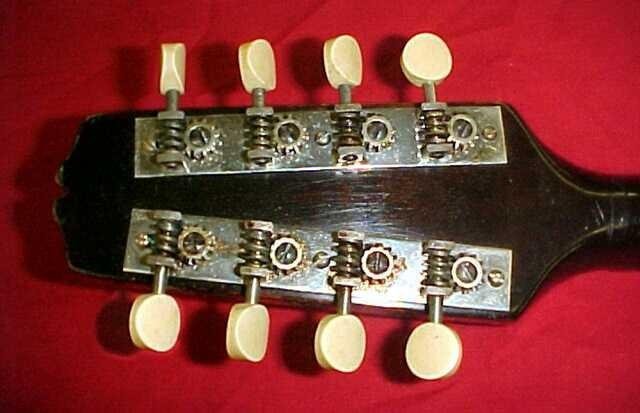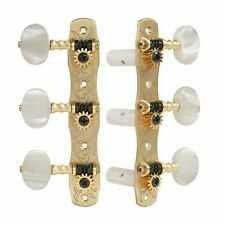Tips for tuning your guitar
Being wooden, guitars have a bit of 'give' to their structure, and as you tune up and vary the tension on one string, you are at the same time changing the tension on the other strings, changing their tuning. It is therefore a good idea to make several passes through the six strings, tuning each just approximately on the first couple of passes, and then becoming more detailed and exact on later passes. This applies whether you are using an electronic guitar tuner or not.

Nylon strings for classical guitars take longer to stretch and settle into tune. If you've just restrung your guitar, grab the middle of each string (around the 12th fret) and give it a few good hard yanks (not too hard), straight up and away from the guitar. Better to stretch them by hand right away than to have them stretch (and drop in pitch) gradually over days, which is what new strings do. Old guitar strings get flattened where they contact the fret wire and become dull sounding and difficult to keep in tune. That's when you really need to change them
